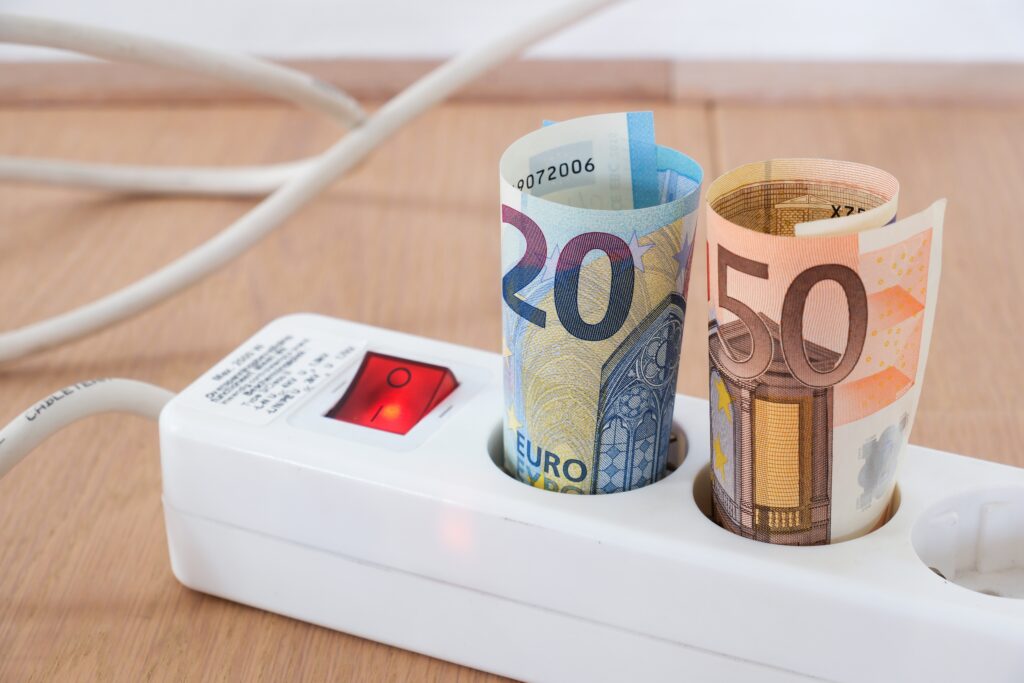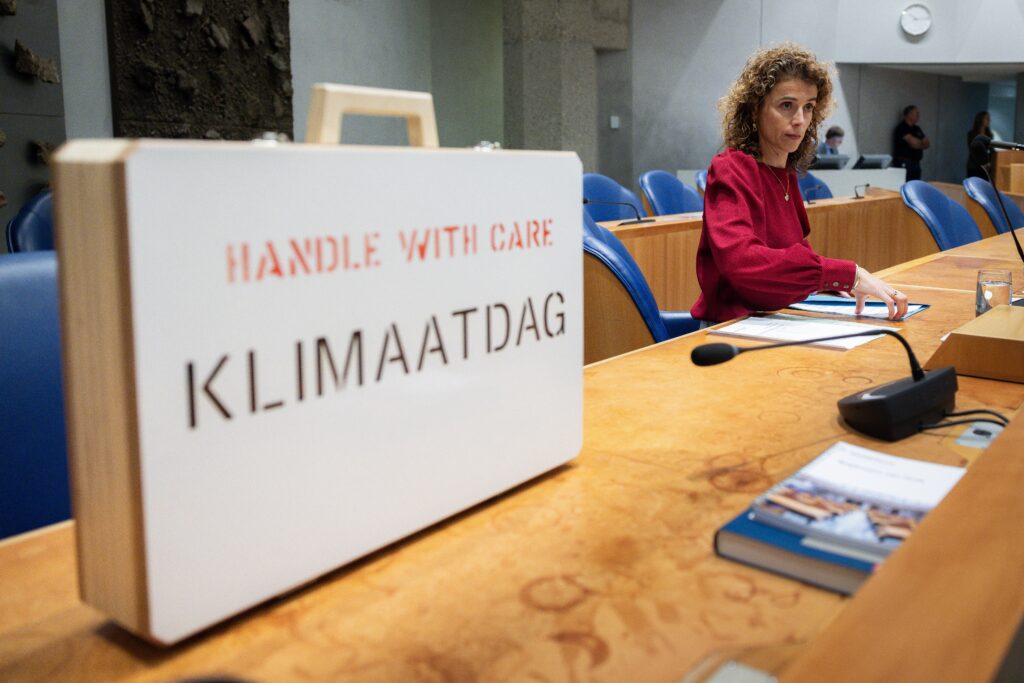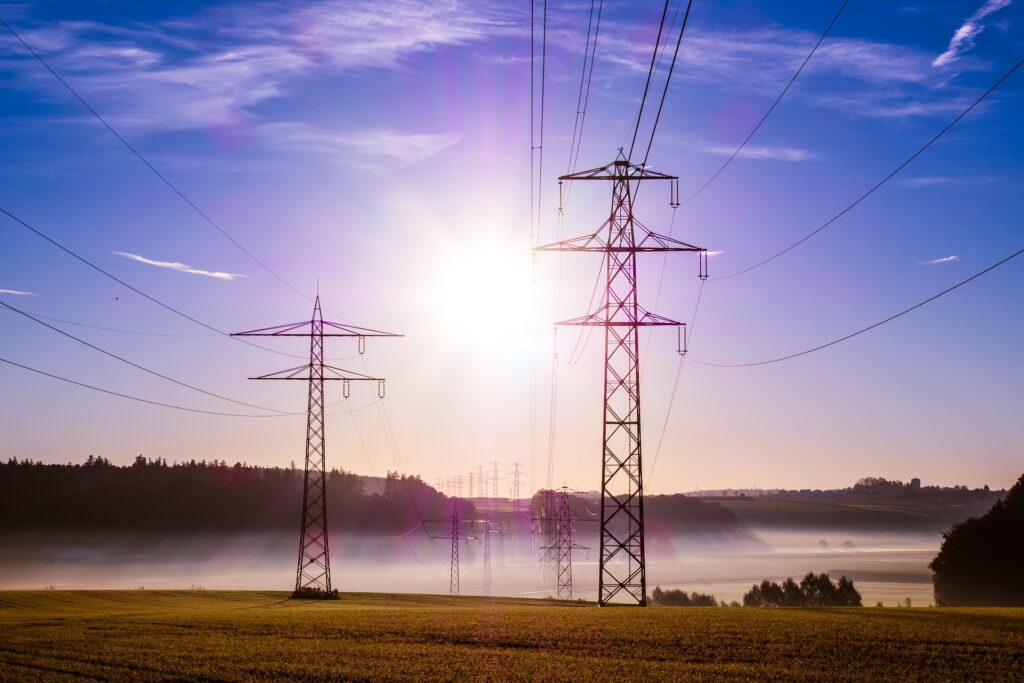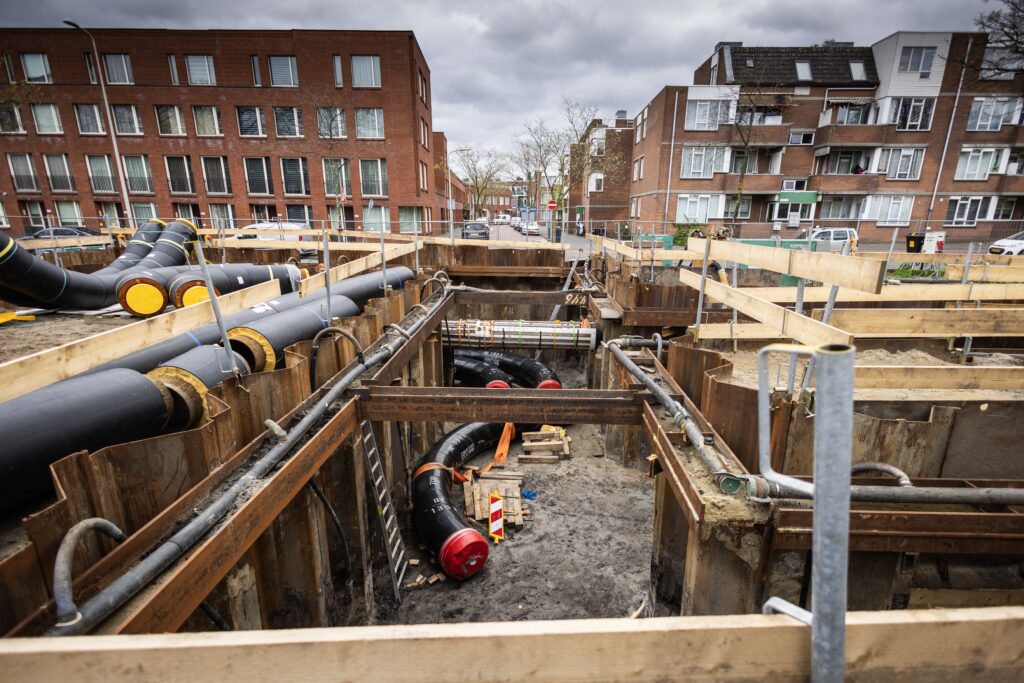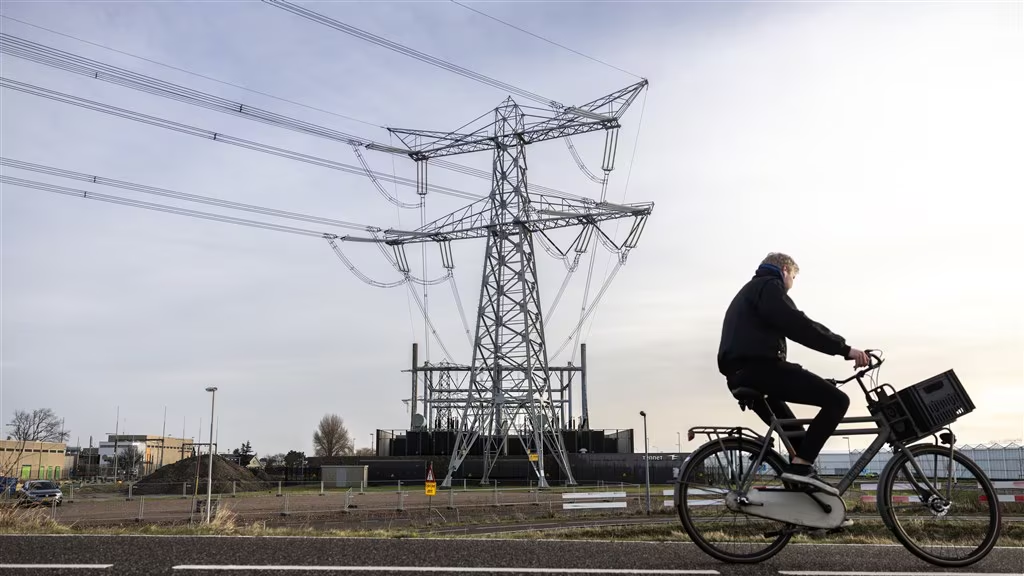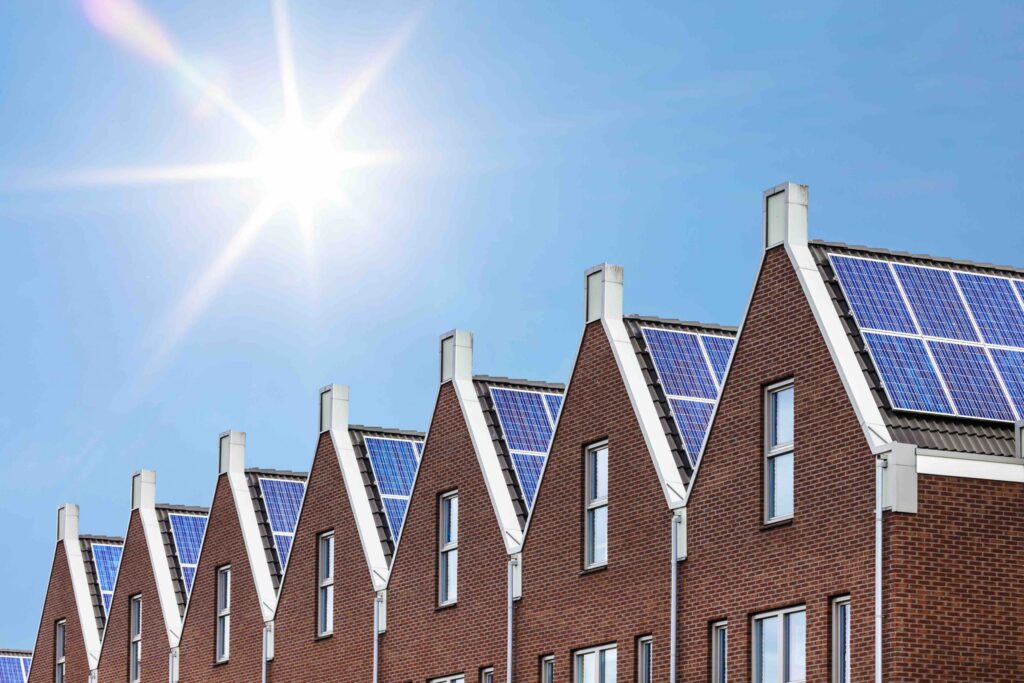As a result of rising energy prices, energy suppliers sounded the alarm last year: there was going to be a sharp rise in the number of people struggling to pay their bills. As annual statements that expired this quarter are coming through the letterbox, energy suppliers are seeing an increase in arrears in the first quarter of 2023. This is according to analysis by Energie-Nederland. The impact of the price cap and the Temporary Emergency Energy Fund will probably lead to a decrease of payment arrears over the coming months.
Increased energy costs, particularly at the end of last year, caused a doubling in the level of arrears in the first quarter of 2023 compared to last year compared to the 2022 average[1]: outstanding amounts rose between 20% and 50% due to the high tariffs in recent months. The number of payment reminders also grew by more than 30%. At the same time, energy suppliers are seeing many more customers contacting their supplier to discuss payment arrangements. The number of new payment arrangements doubled in the recent period. President Cora van Nieuwenhuizen: “We can see the number of payment reminders rising less rapidly than the number of arrangements. This means a higher proportion of customers with payment arrears are working on resolving those. And that is important, because the sooner you sound the alarm, the sooner you can find a solution to prevent problematic debt.”
Tackling payment problems
Energy suppliers have taken additional measures to help customers who are struggling to pay. For example, through a social debt collection policy where suppliers look for solutions together with the customer. But also by working with the government to tighten the rules for disconnection so that arrears can be reported early to local authorities and disconnection can be prevented.
To accommodate households, the Cabinet proposed a price cap for 2023, and energy suppliers launched the Temporary Emergency Energy Fund. Various energy suppliers contributed a total of €25 million to this fund to offer support to the most vulnerable households. Central government also contributed €25 million. Because some of the current payment arrears occurred before the price cap and the Emergency Fund came into effect, the impact of these relief measures will not be visible in the figures until the next quarter.
Forecast: decrease in payment arrears
Purchasing prices have continued to fall recently, so that tariffs are below the price cap with most suppliers. Customers will see this drop in their annual statements and this is expected to lead to a decrease in the number of payment arrears for the coming period too.
Despite this, the need to continue to provide targeted support to low-income and middle-income people remains high for the future. Energie-Nederland had previously called on the Cabinet – building on the experience and organization of the Emergency Fund – to set up its own fund for the coming winter so that households that genuinely need help can receive support to pay their energy bills.
[1] The total amount of 0-90 day arrears among consumers

